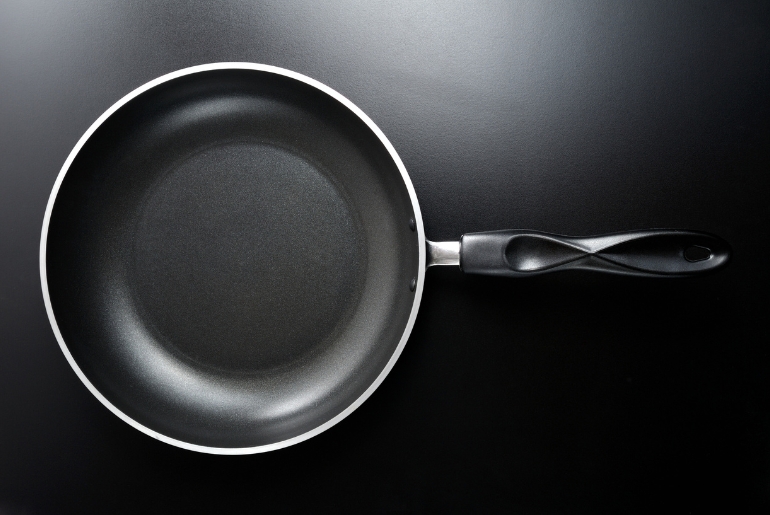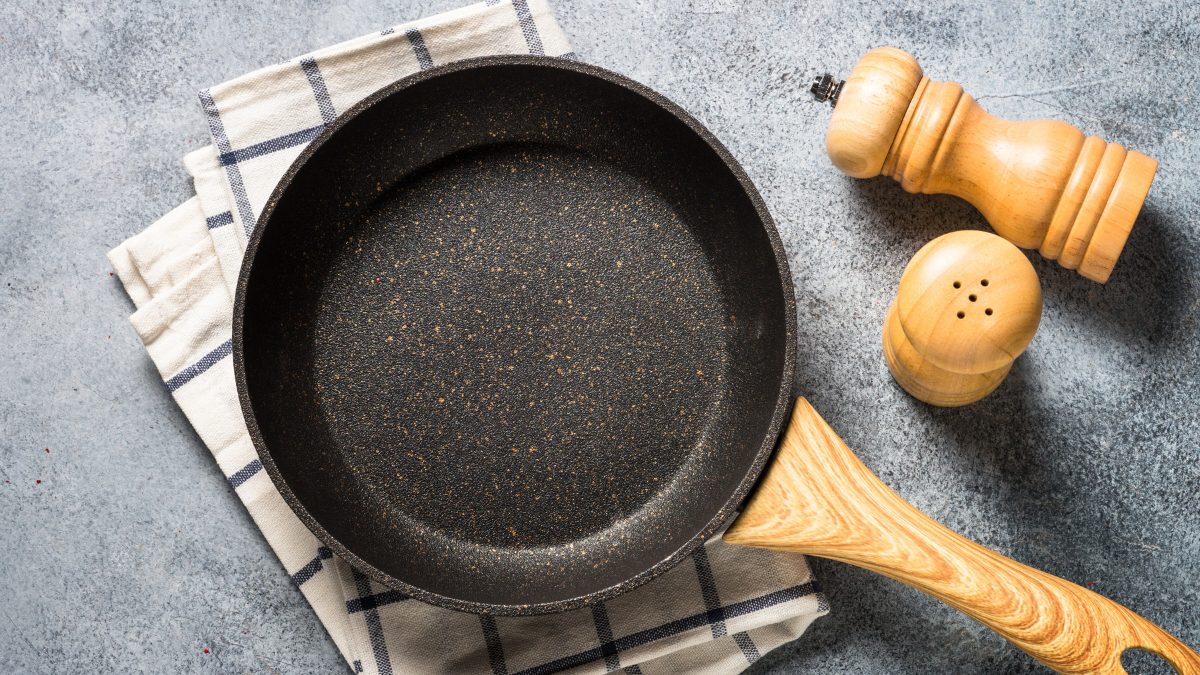In our quest for culinary convenience, non-stick cookware has become a staple in kitchens worldwide. Its ability to effortlessly cook delicate foods without sticking has made it a favourite among home cooks and professional chefs alike. However, beneath the glossy surface of these kitchen essentials lies a potential health concern that has recently caught the spotlight. Dubbed “Teflon Flu,” this flu-like illness is linked to the very coatings that make our frying pans and baking sheets so user-friendly. As reports of this condition rise, it’s time to peel back the layers and understand what Teflon Flu is, how it affects us, and what precautions we can take to ensure our cooking remains both safe and enjoyable.
The Truth Behind Teflon Flu

Teflon Flu, also known as polymer fume fever, is a flu-like illness associated with the fumes emitted from non-stick cookware, particularly those coated with Teflon. The condition has been reported more frequently in recent years, with over 3,600 probable cases reported to poison centres in the United States over the last two decades.
The symptoms of Teflon Flu are also similar to those of the common flu and can include:
- Headaches
- Chills
- Fever
- Cough
- Sore throat
- Muscle aches
The primary cause of Teflon Flu is the release of fumes from non-stick cookware when it is heated to high temperatures. Non-stick pans are coated with Polytetrafluoroethylene (PTFE), a type of “forever chemical” that can emit harmful fumes if the pan is overheated. These fumes can contribute to the flu-like symptoms.
PTFE is a member of a larger group of chemicals known as PFAS (per- and polyfluoroalkyl substances). They are notorious for their environmental persistence and potential health risks. These chemicals do not break down easily and can accumulate in the body over time. They certainly raise concerns about long-term health effects.
Also Read: Gujarat To Have An Upcoming Lion-Leopard Safari Park, To Revolutionise Wildlife Tourism
Prevention And Safety Tips

- Do not preheat non-stick cookware. Cook on medium to low heat to prevent the coating from breaking down and releasing fumes.
- Always use exhaust fans or open windows when cooking with non-stick cookware to help dissipate any fumes.
- Do not use non-stick pans that are scratched or damaged, as these can release more harmful particles.
- Do not leave a non-stick pan unattended on high heat. This can lead to overheating and the release of toxic fumes.
- If a non-stick pan shows signs of peeling, flaking, or scratching, it should be discarded to avoid potential health risks.
Non-stick cookware offers convenience and ease of use. However, it is essential to use it safely to avoid potential health issues like Teflon Flu. By following proper cooking practices and maintaining your cookware, you can minimise the risks associated with these products.
Cover Image Courtesy: Canva
For more such snackable content, interesting discoveries and the latest updates on food, travel and experiences in your city, download the Curly Tales App. Download HERE. First Published: August 01, 2024 5:04 PM




